Five Must-See Lakes in Spain
Thursday, April 25, 2024
Spain is a country celebrated for its rich culture, historical edifices, and breathtaking landscapes. Yet, beyond its bustling cities and iconic landmarks lies a realm of serene beauty found in its stunning lakes and lagoons. From the northern realms of Catalonia to the southern expanse of Andalusia, Spain's aquatic treasures offer both a tranquil escape and an exhilarating adventure for those who venture to explore them. Embark on a journey to discover the awe-inspiring lakes and lagoons of Spain, showcasing nature's splendour and offering moments of peacefulness amidst the rush of daily life.
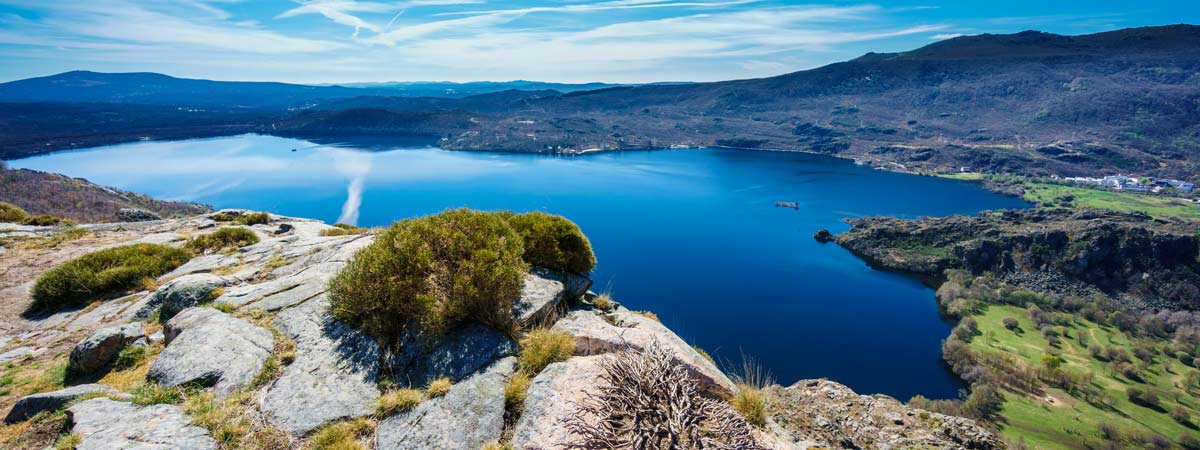
1. Lago de Sanabria
Situated in the province of Zamora, the glacial marvel that is Lago de Sanabria stands as a testament to Spain's natural beauty. This pristine lake, positioned equidistant from both the northern region of Galicia and Portugal, presents an unparalleled natural landscape, ideal for those seeking solace from the bustling world. Just 12 km from the medieval village of Puebla de Sanabria, the lake is accessible by car and perfect for hiking enthusiasts, water sports aficionados, and beachgoers. However, be advised, the water can be refreshingly chilly even on sunnier days.
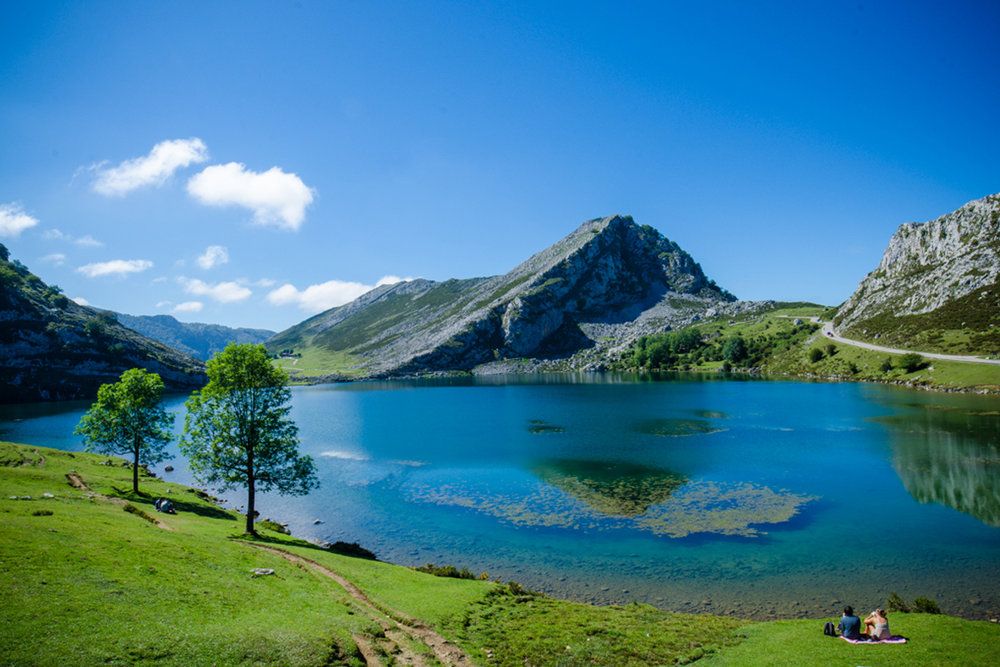
2. Lagos de Covadonga
In the heart of the Picos de Europa mountain range in Asturias, the Lagos de Covadonga comprises three magnificent lakes - Enol, Ercina, and the seasonal Bricial. Famous for their appearance in the Vuelta a España cycling race, the lakes offer breathtaking views regardless of the weather, with sunny days reflecting the mountains in the clear waters and foggy days presenting an ethereal beauty. To fully experience these lakes, take the bus to avoid parking woes and stay until sunset for a truly magical view.
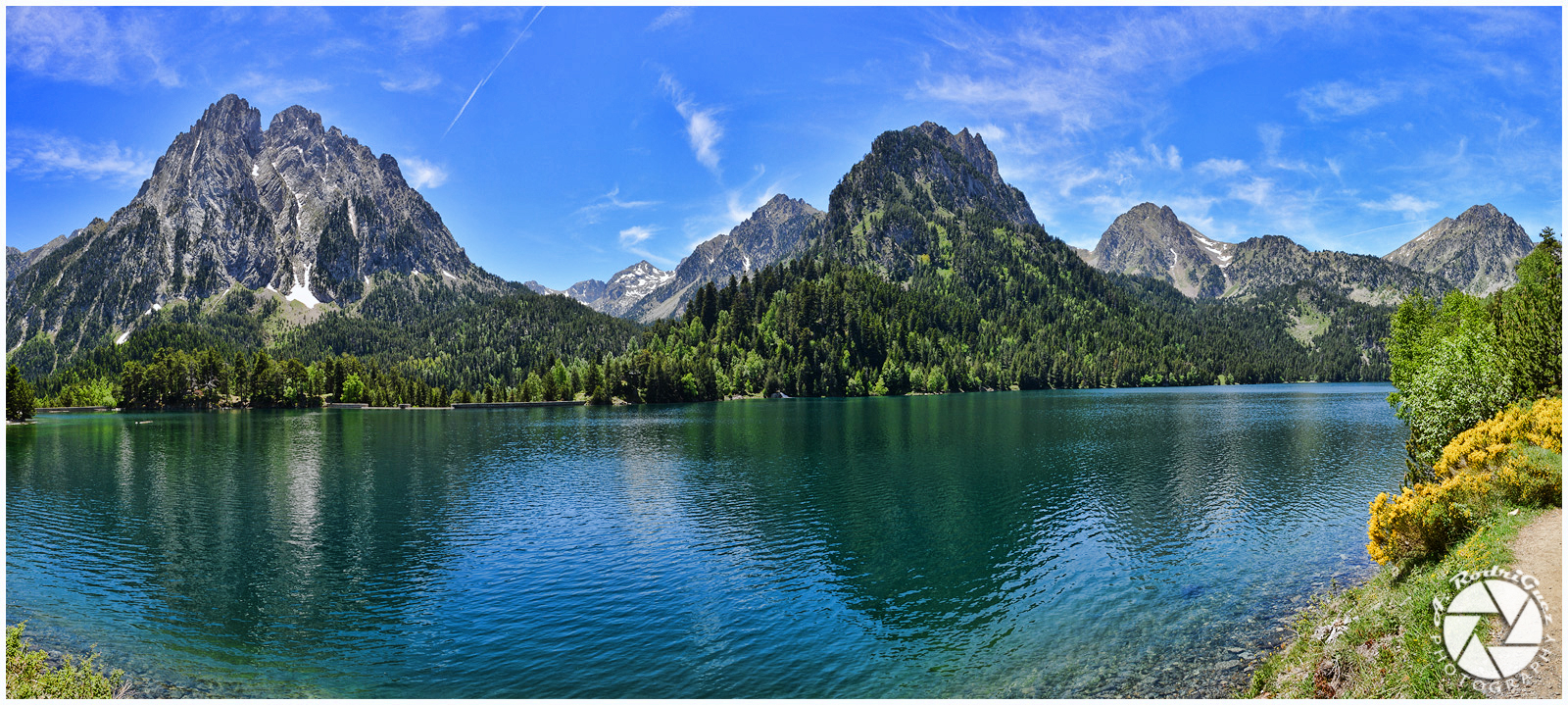
3. Lago San Mauricio
Nestled within the Aigüestortes National Park in Lleida, the Lake of San Mauricio is encircled by towering peaks that reach up to 3,000 meters. The lake's serene ambiance, particularly stunning in the frost of winter, is a heart-stealer for those who cherish nature's tranquillity. Preparing for a visit involves a scenic hour walk from the Prat de Pierró car park, a journey well worth the effort for the breathtaking views it offers.
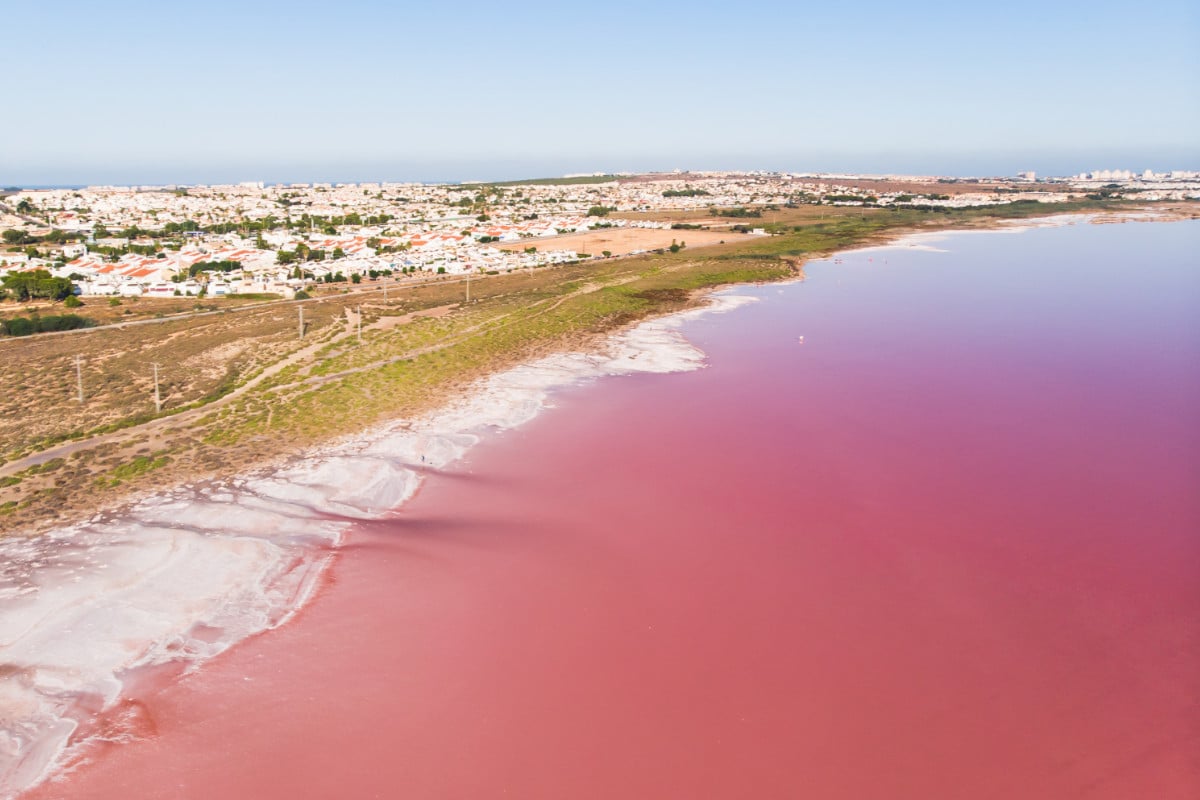
4. Laguna Rosa
Close to Torrevieja in Alicante, the Laguna Rosa, or the Pink Lagoon, is a sight to behold within the ‘Mata and Torrevieja Lakes Nature Reserve’. Its unique pink hue, a result of the high salt concentration, offers a photogenic landscape that changes from a lunar-like terrain to a peaceful oasis through the day. While tempting, swimming here requires caution due to the water's salinity and shallow depth, making it more suitable for a relaxing lie-down rather than a swim.
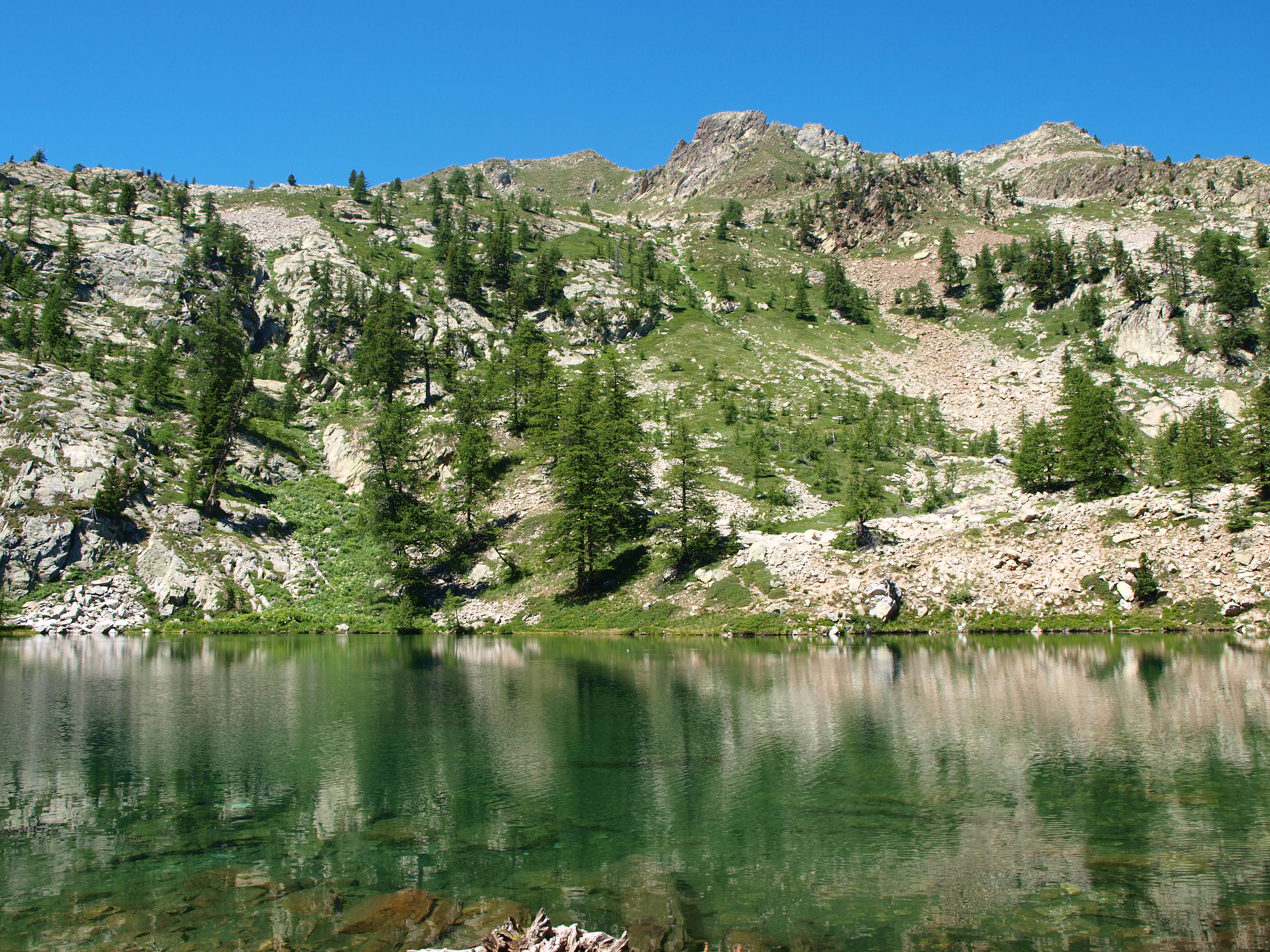
5. Martel Lake
Hidden beneath the surface in the renowned Caves of Drach on Mallorca, Martel Lake stands out with its turquoise waters that flow through one of the world's most beautiful caves. Named after the French speleologist Édouard-Alfred Martel, the lake hosts classical music concerts in a natural amphitheatre like no other, making it an unforgettable Spanish experience.

The Grandest of Them All: Lake Banyoles
The largest lake in Spain, Lake Banyoles, is located in Catalonia, near Girona. This natural wonder, providing a wide variety of activities like rowing, canoeing, and swimming, hosted the rowing events during the 1992 Barcelona Olympic Games. Its picturesque scenes are a magnet for tourists seeking beauty and adventure.
With an array of stunning lakes, Spain offers plenty of options for swimming in breathtaking natural surroundings. Each lake provides a unique experience with its own charm. Whether it's engaging in water sports or enjoying a family swim, Spain's lakes cater to all tastes and preferences.
Spain's lakes and lagoons are more than just water bodies; they are sanctuaries of peace, adventure, and natural beauty waiting to be explored. As you plan your next escape, remember these hidden treasures that promise not just a journey, but a discovery of serenity and awe-inspiring landscapes.
 2
Like
Published at 9:22 PM Comments (3)
2
Like
Published at 9:22 PM Comments (3)
Medieval Villages in the Valencian Community
Friday, April 19, 2024
The Valencian Community fuses nature, history and culture throughout its entire territory. And being able to walk through the villages that take you back in time is not so difficult to find. Alicante, Valencia and Castellón are full of places that mark and remind us of their historical past. Walls, castles and fortresses are just some of them. Here are 5 options I wanted to share with you where you can stop and enjoy Spain as it was in the Middle Ages.
Culla (Castellón)
In the province of Castellón, we find one of the most charming corners of the Valencian Community, Culla. With a population of only 500 inhabitants, this beautiful municipality is surrounded by a privileged natural environment. Its wild nature and peaceful atmosphere make you travel through history while strolling its medieval streets. Its characteristic style of cobbled houses, the ruins of the Arab Castle, the Granary of the Commander or the Parish Church of El Salvador help you immerse yourself in times gone by.
The nature that surrounds Culla also allows for a wide variety of outdoor activities. For this reason, taking excursions to explore its beautiful scenery or visiting the Miner del Maestrat Park is a must. Likewise, you should not forget to try some of the most typical dishes of l’Alt Maestrat such as the "Pot of the Maestrat - Olla del Maestrat" or its heavenly "Coca".
Xàtiva (Valencia)
Xàtiva is one of those cities that leaves you spellbound as you go through each of its corners. Through its monuments, you can appreciate the passage of history. It was declared an episcopal headquarters at the time of the Visigoths, living its period of maximum cultural splendour during the Muslim rule. Xàtiva was also the birthplace of the painter José Ribera, known as 'El Españoleto', and of two popes from the Borja dynasty. Its precious hiding places and the majesty of its Castle will transport you back to the middle ages. Its old town was declared a Historic-Artistic Site in 1982.
Chulilla (Valencia)
In the interior of the Valencian Community, the beautiful town of Chulilla is located. The magic of this place lies in its magnificent location in the middle basin of the Turia river. The vast amount of water that runs through this area has made it well-known for hosting many of the trails which make up the "Ruta del Agua". In it, you can enjoy endless walks such as the Ruta de Los Calderones or the Charco Azul. In addition, the beauty of its narrow and steep streets will help you savour medieval times.
Guadalest (Alicante)
The province of Alicante combines not just sea but also mountains. It is the fourth most mountainous province in Spain. And thanks to this, we can find places as spectacular as the town of Guadalest. Located on a cliff at an altitude of 595 meters, El Castell de Guadalest has managed to maintain the essence and the most typical features of the inland Alicante towns. Its natural enclave is very picturesque since its houses are embedded in the rock and the views it offers are of the extensive valley below. Its beauty and charm earned it the award of Historic-Artistic Site in 1974.
This village also offers a series of very varied cultural activities. You can go to the Casa Orduña, a noble house from the 17th century nicknamed the Casa Gran; or stop by one of the curious museums, such as the Museum of Nativity scenes and Dollhouses, the Museum of Microminiatures, the Museum of Salt and Pepper Shakers or the Museum of the Collection of Historical Vehicles.
Morella (Castellón)
The province of Castellón is home to one of the most incredible places in the entire Valencian territory: Morella. The city that was built mainly at the foot of the Castle, located at an altitude of more than 1,000 meters, continues to maintain its medieval aspect. In addition, its fortress that still preserves the main square, the cistern and the Pardals tower, is considered today to be one of the most important treasures of the Castellón territory.
No matter what time of year you drop by the Maestrazgo, this town with about 2,500 inhabitants transports you back in time. Be sure not to forget to visit the church Arciprestal Santa María La Mayor, a Gothic jewel reflecting the power of this location centuries ago.
 2
Like
Published at 10:23 PM Comments (1)
2
Like
Published at 10:23 PM Comments (1)
Why are Ribera del Duero Wines So Good?
Wednesday, April 3, 2024

The simple answer is the terroir. It has often been said that vines love to suffer and the best wine comes from grapes that have had to struggle. There is a lot of truth in this. The deeper and more widely a vine has to spread its roots looking for nourishment the greater the mineral subtleties the grapes will have. Too easy a supply of water leads to bloated grapes that dilute flavours. So, small berries, laden with aromatic compounds and flavorful minerals but not overfilled with water are what winemakers prefer to use to make their best wines with. Generous amounts of organic matter in topsoil tend to contain richness and also they retain water, keeping vines happy and stifling their need to look deeper for sustenance. Hence, poor and often stony soils and subsoils are a preferred option for vineyards.
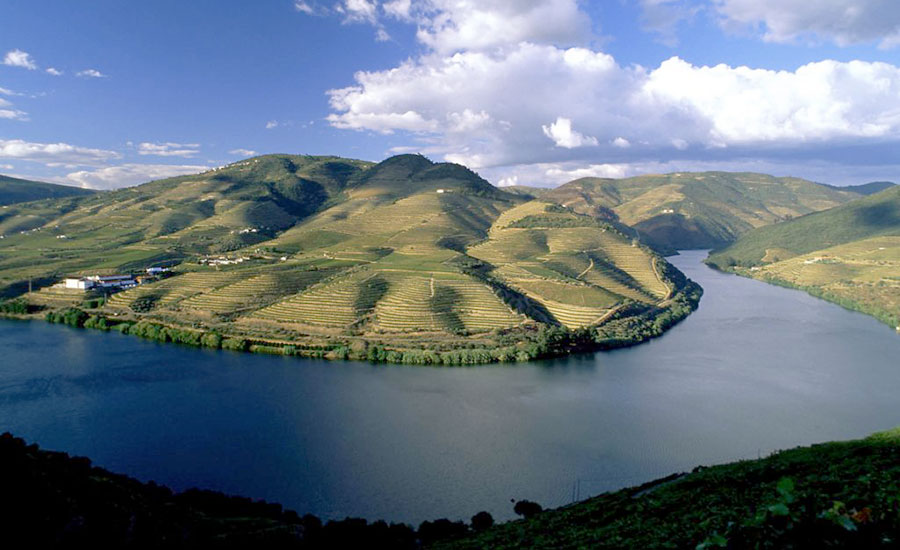 Ribera del Duero estates are located on geological strata that were deposited in the Quaternary period (the past 2.6 million years) on the floodplain of the Duero River as it passes through the spot which today is Aranda de Duero. Not long ago, this plain suffered from periodic floods as the river found its way westwards from north-central Spain to its estuary in north-western Portugal where it meets the Atlantic Ocean. These floods carried away much of the richness of the soil and left behind stones, sands and some clays. Today, the Duero is regulated by a series of dams and weirs to avoid catastrophic flooding. The vineyards that follow the river are situated between 12 to 19 meters (40-60 feet) above the level of the river, which means its moisture is completely independent of the Duero river itself. Ribera del Duero estates are located on geological strata that were deposited in the Quaternary period (the past 2.6 million years) on the floodplain of the Duero River as it passes through the spot which today is Aranda de Duero. Not long ago, this plain suffered from periodic floods as the river found its way westwards from north-central Spain to its estuary in north-western Portugal where it meets the Atlantic Ocean. These floods carried away much of the richness of the soil and left behind stones, sands and some clays. Today, the Duero is regulated by a series of dams and weirs to avoid catastrophic flooding. The vineyards that follow the river are situated between 12 to 19 meters (40-60 feet) above the level of the river, which means its moisture is completely independent of the Duero river itself.
The characteristics of these soils allow the grapes to ripen very well since the sun’s heat is retained during the day by numerous boulders, rocks and gravels on and near the surface. The effect on the grapes is to have solar heat from above and reflected or radiated heat from below. Another advantage is that these surfaces increase the colour of the grape berries by reflecting light upwards off the stones. Grapes develop darker skins to protect the genetic material in their seeds from potentially destabilising solar radiation. This effect promotes phenolic maturation, synthesizing polished and silky tannins which form the characteristic backbone of this vineyard’s wines.
The abundance of boulders and gravels also produces what is referred to as a quilting effect on the ground, avoiding the loss of too much moisture through evaporation, something that gives freshness and a naturally-balanced acidity to the wines. All this is reinforced by the altitude at around 800 meters (2,625 feet) above sea level. The higher the altitude, the thinner the layer of the protective atmosphere above the vines, hence the darker the grape skins.
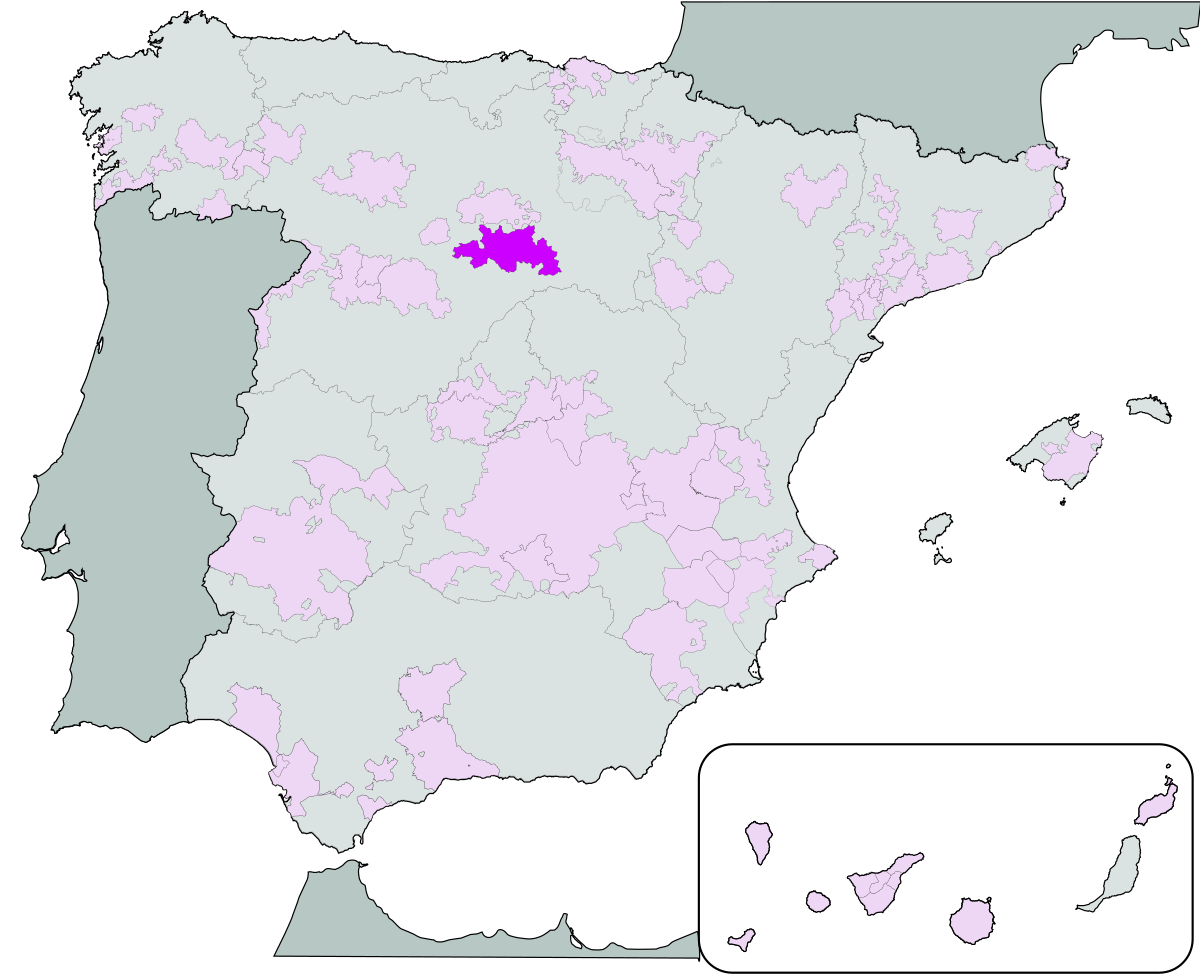 The altitude also causes a pronounced temperature variation between day and night, something that stimulates the vines. This temperature fluctuation is also advantageous during the ripening period of the fruit because it causes an increase in fruit size during the cool of the night as the vine absorbs water and a decrease during the day as the heat of the sun and stones promotes water evaporation through the vine’s leaves. This incites a further thickening of the grape skins which enhances the synthesis of anthocyanins, substances responsible for skin colour. The altitude also causes a pronounced temperature variation between day and night, something that stimulates the vines. This temperature fluctuation is also advantageous during the ripening period of the fruit because it causes an increase in fruit size during the cool of the night as the vine absorbs water and a decrease during the day as the heat of the sun and stones promotes water evaporation through the vine’s leaves. This incites a further thickening of the grape skins which enhances the synthesis of anthocyanins, substances responsible for skin colour.
A relatively high limestone content in the soils lends structure and minerality to the wines. Although limestone on its own is too tough for roots to penetrate, its soils are rich in what is known as plant-accessible calcium carbonate, the principal chemical component of limestone. Scientists have found that calcium is vital for the formation of disease-resistant grape berries. Grapes tend to concentrate calcium in their skins where they help in the formulation of strong cell walls that maintain skin cohesion and hence resistance to degradation. Vines that grow in soils that have less available calcium tend to prioritize internal cell growth over skin vitality, making grapes more susceptible to fungal diseases.
Terroir might sound like that stuff that gets stuck to your boots when you walk through a vineyard, but it is much more than that. It encompasses all the factors that can affect a grape’s growth and wellbeing.
 2
Like
Published at 10:08 PM Comments (0)
2
Like
Published at 10:08 PM Comments (0)
Spam post or Abuse? Please let us know
|
|